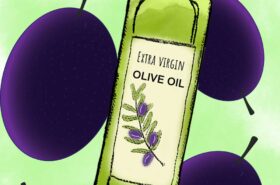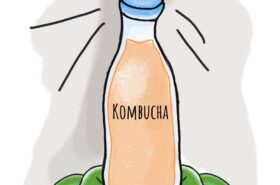Hello, my little oranges! If you’re a wine geek (as we are) you probably somehow stumbled upon a few bottles of orange wine and now you ask yourself “how the heck is orange wine made”? Well, find out now in our quick orange winemaking guide!
What is orange wine?
Orange wine is white wine made in the same wine practice as red wine! Mostly it is orange colored (but it can also have a slight yellow-orange hue) and opposed to white wine, orange wine has a stronger “wine” character. Therefore, we can say that orange wine comes somewhere right in the middle of white and red wine (and no, it’s not rosé). Now let’s jump to the winemaking!
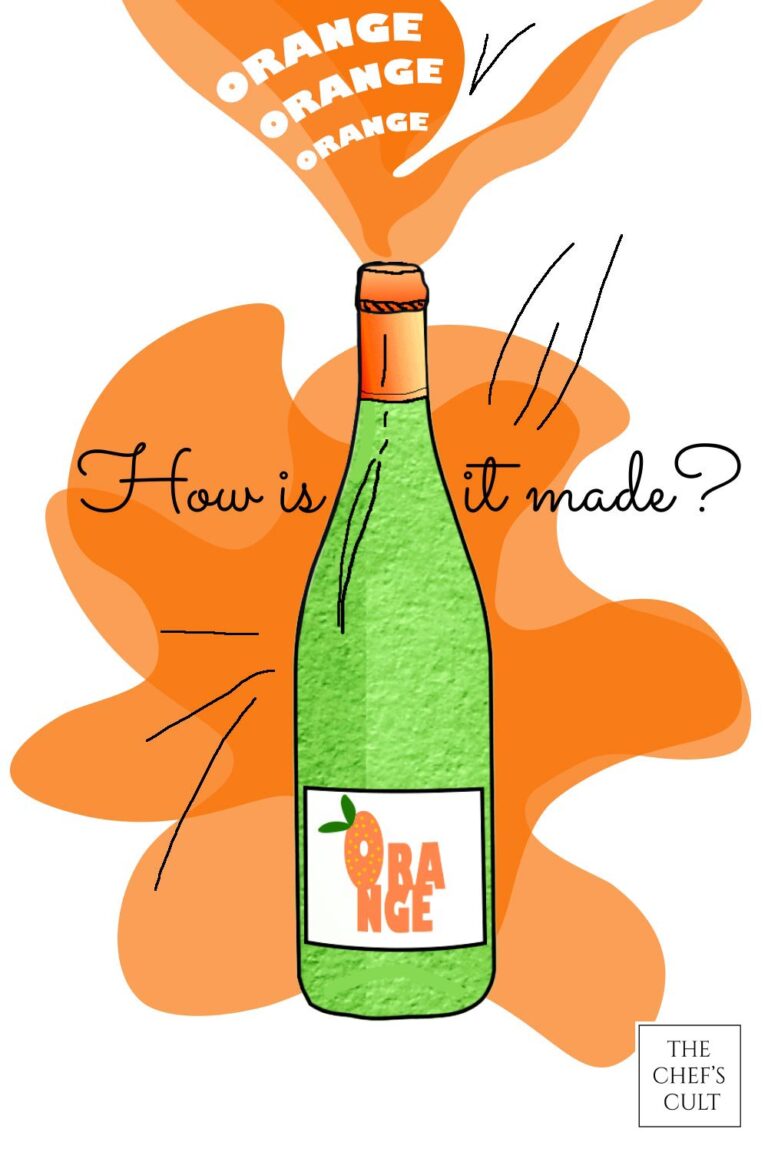
What grapes are used for orange wine?
White! White grape varieties are used for orange winemaking. The practice of orange wine is often linked to the Balkans (Slovenia, Croatia), Italy and Georgia, but nowadays it’s widespread across the globe. You can find international varieties as Pinot Gris, Gewürztraminer, Pinot Blanc, Chardonnay and a whole bunch of others, often used for orange-winemaking. The first mentioned duo Pinot Gris and Traminer have slightly pink colored grapes which makes them really suitable for orange winemaking (because of easier color extraction).
How is orange wine made?
To make it easier for you to understand the winemaking in detail, we’ll try to explain thoroughly the few steps winemakers take into consideration when making orange wine. Now sharpen your corkscrews because a few bottles will be popped!
Pick your grapes!
Grapes picked for orange wine are mostly very ripe! In this case the grape berry seeds are ripe, and so are their tannins! Orange wine made from unripe seed tannins tend to be very astringent and aggressively bitter. On the other hand, riper tannins soften over time with aging, and are therefore suitable for orange winemaking.
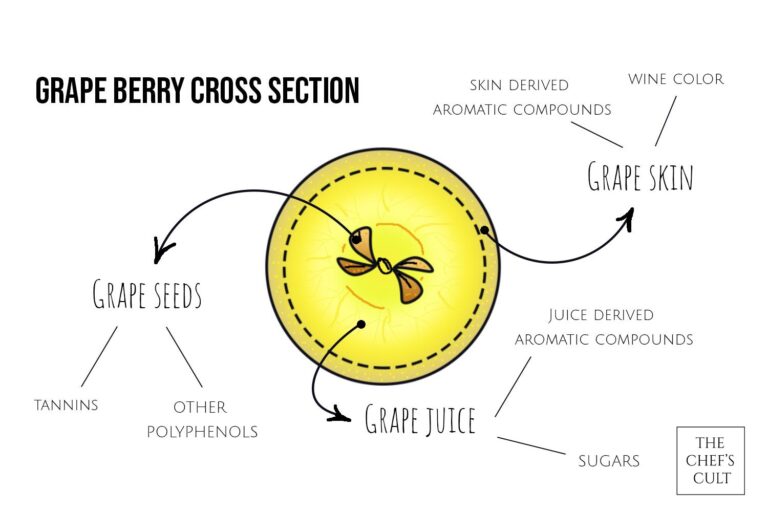
Crush your grapes!
Now the grapes need to be crushed to get what oenologist call the “wine mash”. Mash is a mixture of grape seeds, skins, fruit pulp and fruit juice. It’s mainly needed in red wine production, but as we said before, mash is also crucial in orange wine vinification. After crushing the white wine mash is pumped in containers (can be stainless steel, earthenware vessels called “qvevri”, vinificators, barrels and so on …) and prepared for fermentation.
Often additional specific enzymes are added (either for aroma extraction or to break down the mash berry pulp), in addition fermentation can be carried out with added or natural occurring yeast (present in the wine mash).

What happens during orange wine fermentation?
During fermentation, as with other winemaking, the yeast transform sugar into ethanol and CO2. By products of this process are luckily resulting in awesome wine aromas and flavors (but heat is also produced). Therefore, orange wine mash is often cooled down a bit (with temperature-controlled vessels). During wine fermentation often various yeast food is added (just to keep the little boys happy and working.)
What happens after orange wine fermentation – pressing the grapes?
Orange wine fermentations normally takes about two weeks’ time! In that time our orange wine is born. In that time our wine extracts tannins and polyphenols from the seeds, color from the grape skin and aromas from the juice and skins. Orange wine is made when no sugar at all is left for the yeast to convert. We call this a dry wine (no sugars left)! The wine mash can be left after completed wine fermentation for some time (we call this extended fermentation).
This is made for various reasons (but it’s another topic, we’ll talk about for sure!). After completed fermentation wine grape mash is pressed and during this time our complete orange wine is born! Now we know how orange wine is made!
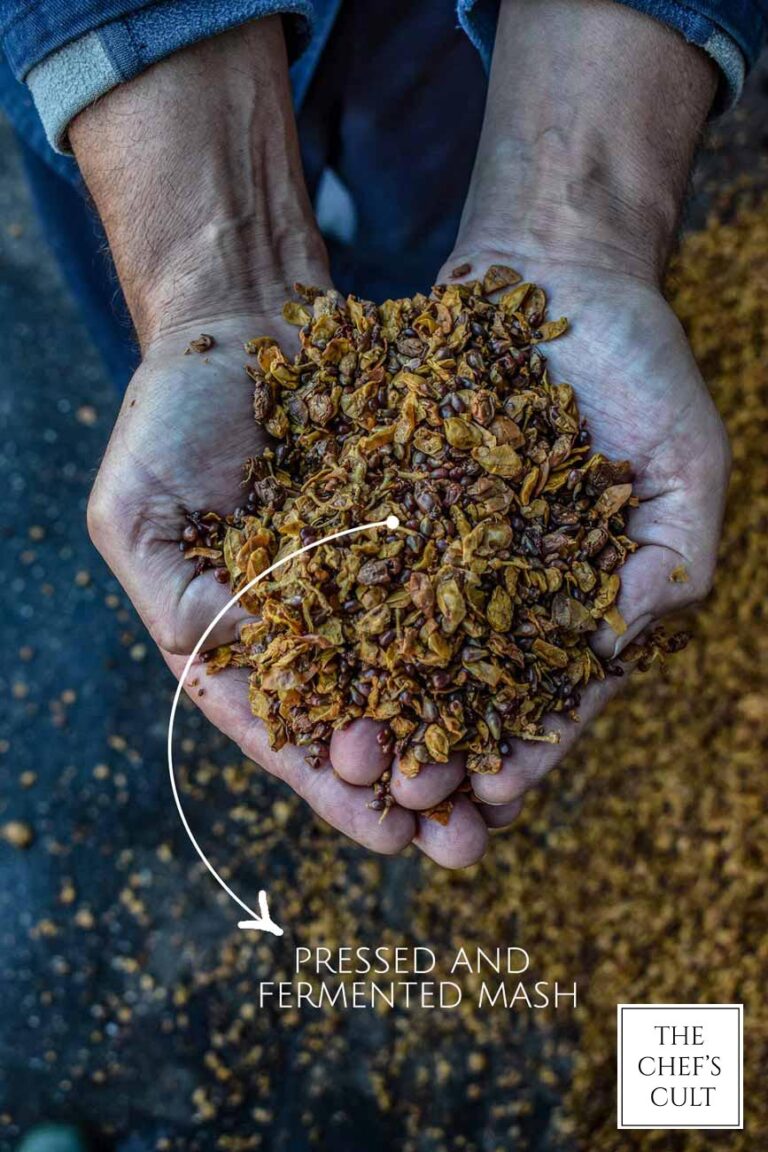
Aging orange wine – how it’s made?
Orange wine can be aged I various ways! First it can be aged as orange wine mash (after fermentation in various vessels), and secondly it can be aged after pressing in vessels or barrique (or other) barrels. The time of aging is dependent on the wine style the oenologist wants to achieve, but as a rule of thumb, main aging time for orange wine is minimum one year.
In this time the harsh tannins soften, and aromatics of the orange wine evolves! This is crucial because young orange wine is often almost undrinkable, because of the unbalanced wine character (which is good to know)! Orange wine can be (and often is) aged for more than one year (2-3 or more years), because the vast amount of extracted compounds protects the wine from intense oxidation.
What happens to orange wine after aging?
Now that we know how orange wine is made there’s only one more thing to do! Our orange wine is bottled! The wine can (but often isn’t) filtered and bottled. Often orange wine is bottled with no filtration, and because of that has little wine sediment on the bottom of the bottle. This sediment is made out of died out yeasts (during our mash fermentation). The sediment helps the wine to evolve even further – in the bottle, on top of that it reduces (a little bit) the oxidation risks of the bottled wine. Cool stuff, right?
That’s it my little oranges! Today you learned a little bit (or much more?) about orange wine. Now you can call yourself the real orange wine oenologist. What other wine topics would you like to discuss with us? Do you drink any orange wine? Let us know!
